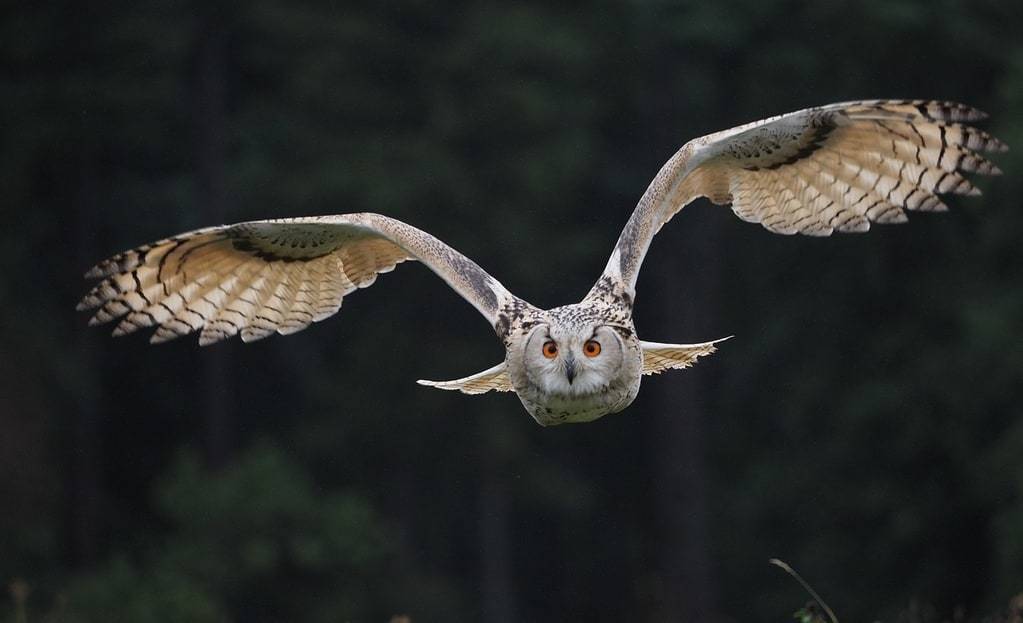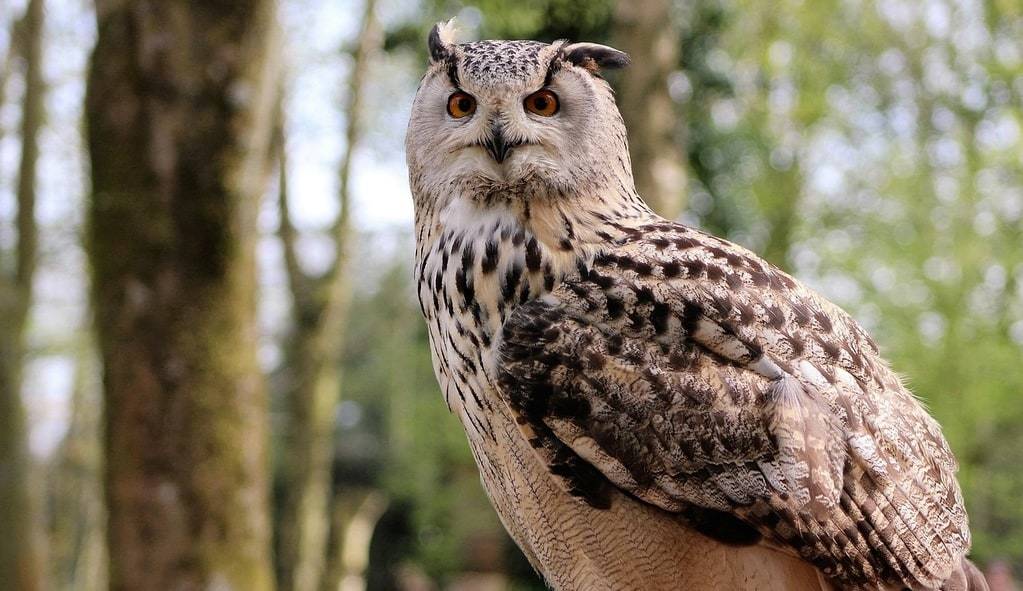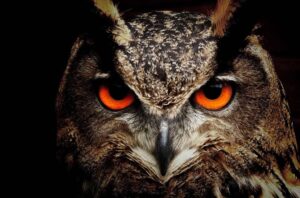
Exploring the beauty of local wildlife
The chirping of birds, the rustling of leaves, and the occasional glimpse of a deer dashing through the forest are just some of the enchanting experiences awaiting those who explore the beauty of local wildlife. Whether in a bustling city or a quiet rural area, local wildlife offers a captivating glimpse into the natural world, showcasing the rich biodiversity that thrives right in our backyards.
Discovering the Wonders of Local Wildlife
Local wildlife encompasses a diverse array of species, each playing a crucial role in their ecosystems. Observing these creatures in their natural habitats provides valuable insights into the intricate balance of nature. From tiny insects to majestic birds and mammals, every species has a unique story to tell.
Venturing into nearby parks, forests, or even urban green spaces reveals a variety of animals and plants that many might overlook in their daily lives. One might encounter squirrels darting up trees, frogs serenading from ponds, or butterflies fluttering amidst flowers. These moments of discovery offer not only joy and wonder but also a deeper understanding of the environment.
In the heart of local wildlife lies a dynamic interplay between different species. Predators and prey, pollinators and plants, all interact in a web of life that sustains the ecosystem. Observing these interactions highlights the significance of biodiversity and the delicate balance necessary for ecological health.

The Benefits of Observing Local Wildlife
Engaging with local wildlife brings numerous benefits, both personal and environmental. Immersing oneself in nature has been shown to reduce stress and enhance mental well-being. The act of observing animals in their natural settings fosters a sense of peace and connection with the world.
Moreover, becoming familiar with local wildlife encourages conservation efforts. When people recognize the beauty and importance of the species around them, they are more likely to advocate for the protection of natural habitats. This advocacy can lead to significant positive changes in environmental policies and community practices.
Here are some activities to engage with local wildlife:
- Birdwatching: a relaxing and educational activity that can be done almost anywhere.
- Nature Walks: explore trails and parks to observe a variety of plants and animals.
- Wildlife Photography: capture the beauty of animals and plants to share and inspire others.
- Volunteer Work: participate in local conservation projects to help protect and preserve wildlife habitats.
- Gardening for Wildlife: create a wildlife-friendly garden to attract and support local species.
Species to Look Out For
Each region boasts a unique set of wildlife species, and learning about them can enhance the experience of exploring local nature. In urban areas, species such as pigeons, sparrows, and squirrels are common sights. Parks and suburban gardens might host butterflies, bees, and a variety of songbirds.
In more rural or forested areas, the diversity expands to include deer, foxes, owls, and an array of insects and amphibians. Coastal regions offer opportunities to observe marine wildlife like crabs, seabirds, and sometimes even seals. Each encounter adds a layer of appreciation for the natural world.
Observing local wildlife requires patience and respect. Animals are best appreciated from a distance, ensuring they remain undisturbed in their habitats. Bringing binoculars or a camera with a zoom lens can enhance the experience without causing distress to the animals.
Protecting Local Wildlife
While enjoying the beauty of local wildlife, it’s essential to consider ways to protect these creatures and their habitats. Simple actions, such as reducing pesticide use, participating in clean-up efforts, and supporting local conservation organizations, can make a significant difference.
Creating wildlife corridors in urban areas helps animals move safely between habitats, while planting native species in gardens provides food and shelter for local wildlife. Educational programs and community initiatives can raise awareness about the importance of preserving natural spaces.
Ultimately, fostering a harmonious relationship with local wildlife enriches our lives and ensures that future generations can continue to experience the wonder and beauty of nature. By embracing the diversity around us, we contribute to a healthier and more vibrant ecosystem.
Embracing Nature’s Splendor
Exploring the beauty of local wildlife opens a gateway to understanding and appreciating the natural world. The variety of species, each with its unique role, highlights the interconnectedness of life. Observing and protecting these creatures not only enhances personal well-being but also promotes a sustainable future.
Nature’s splendor is all around, waiting to be discovered. Taking the time to observe, learn, and protect local wildlife ensures that the magic of these natural encounters remains a cherished part of our lives. Through mindful exploration and conservation, the beauty of local wildlife can continue to inspire and thrive.

